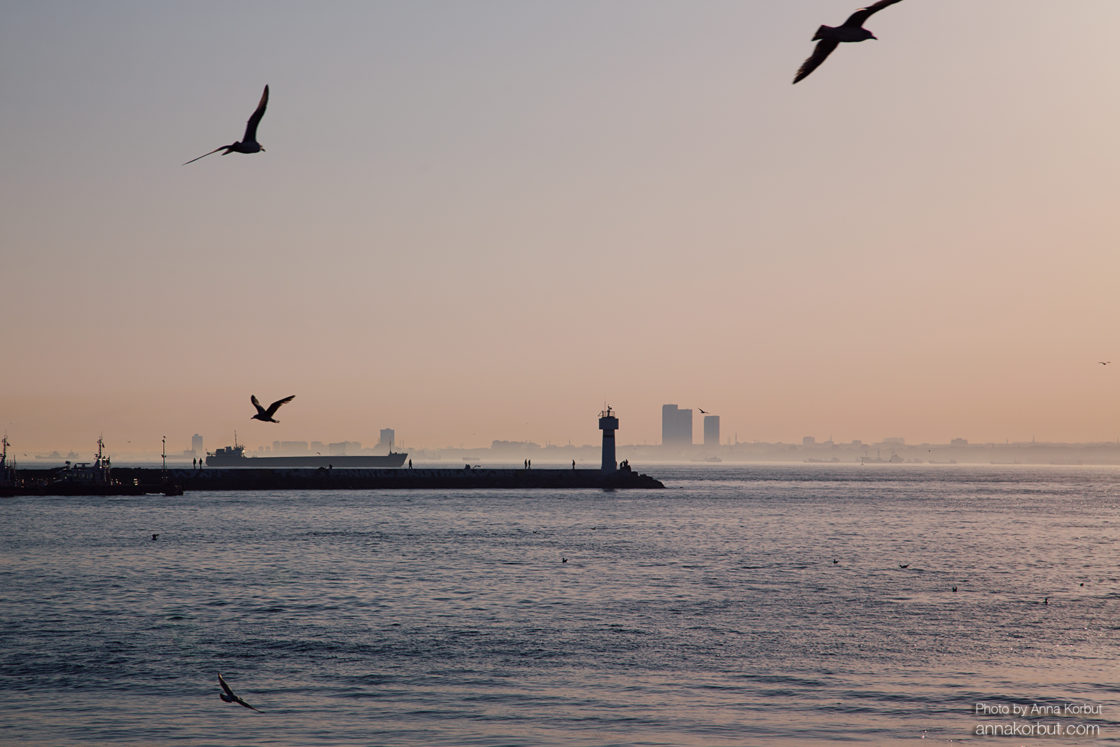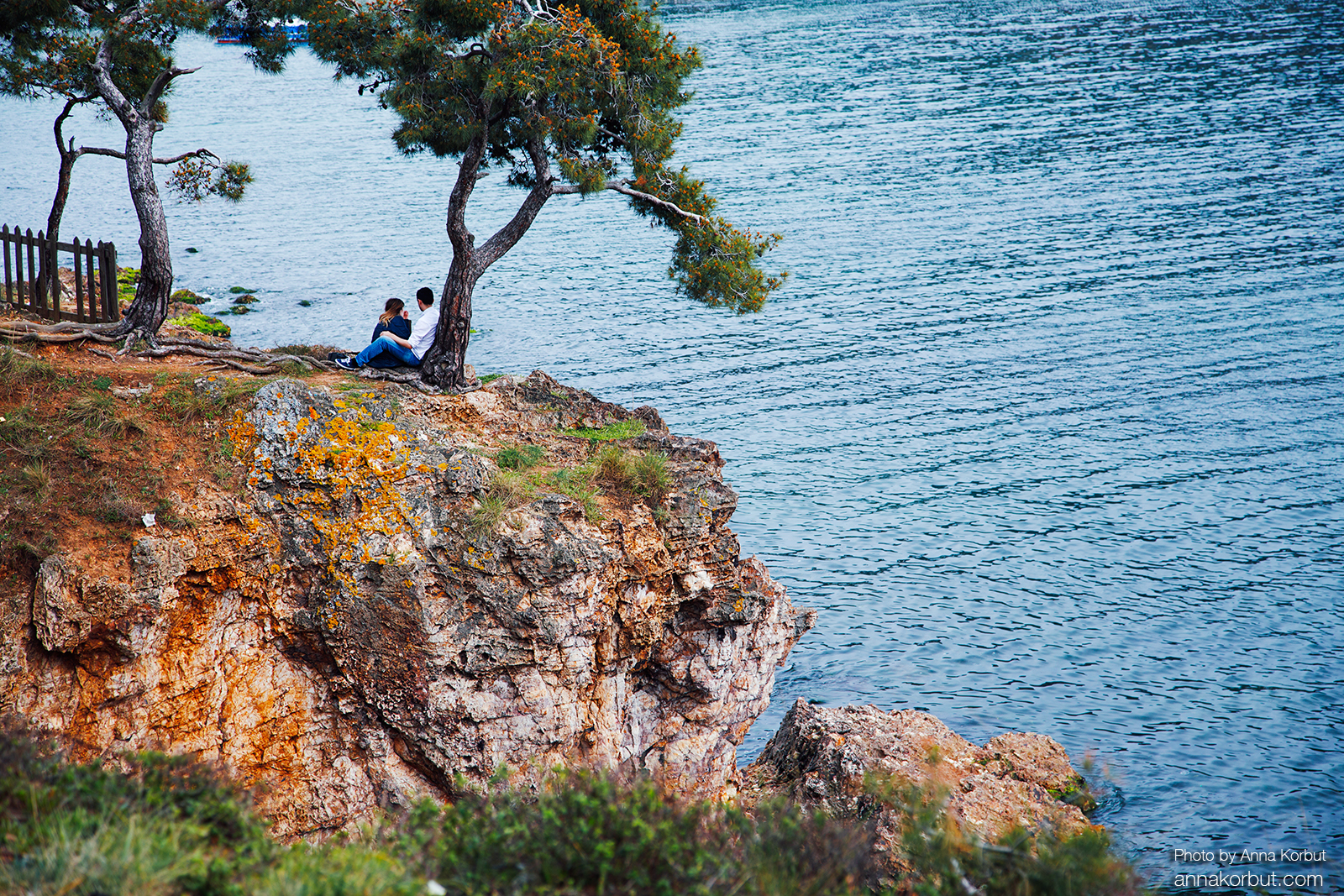The Princes’ Islands offer a chance to feel the nature of the region and take a break from the bustling metropolis. The archipelago of nine islands in the Sea of Marmara immerses you in another world. It is called Kızıladalar in Turkish — “the red islands,” Prens Adaları — “the princes’ islands,” or simply Adalar — “the islands.” During the Byzantine era and later, noble people were exiled here, which gave rise to the name. About 14,000 people live here, mostly Greeks. That’s why there are as many Christian churches on the islands as there are mosques. The ferry from the piers at Eminönü or Kadıköy takes about two hours to reach the farthest island. You can visit four islands by ferry. I recommend going to the furthest and largest island, Büyükada, and exploring the other islands on the way back.
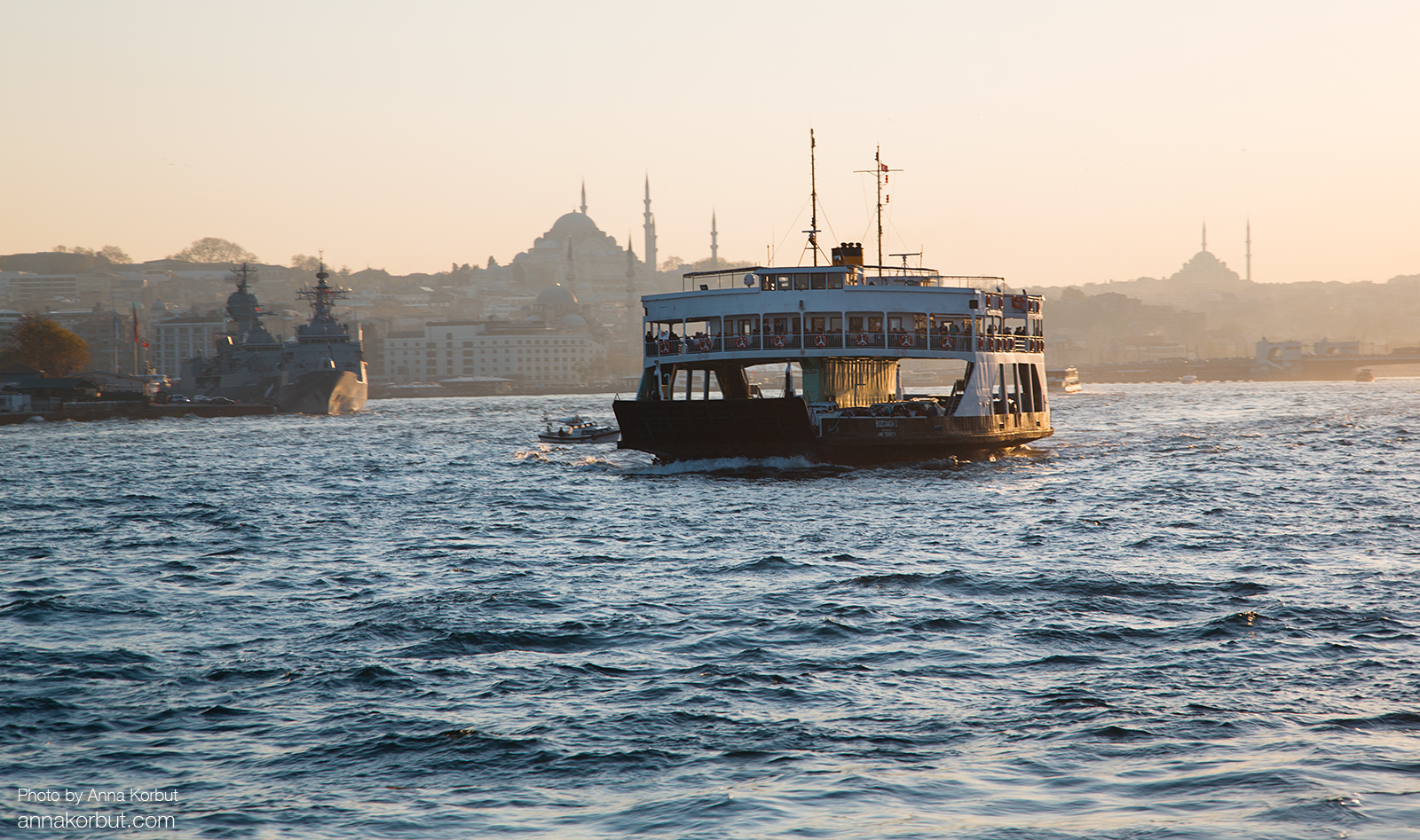
At the top of the hill stands the Christian Monastery of Saint George (Santo Yorgi). The monastery is built on the hill, and you need to climb up from Berlyk-Maidan Square to reach it. On the neighbouring hill lie the ruins of the “Greek Shelter”: a gloomy black building. In the first half of the last century, it served as a refuge for Greek orphaned children; today, it is the tallest wooden structure in Europe. It is fenced with barbed wire and guarded.
The wooden villas on the island carry a special atmosphere of times long past. Many buildings here have historical value. The intricate wood carvings and white walls create a feeling of lightness and comfort. Overall, the summer settlement feels less like a place of exile and more like a beloved retreat.
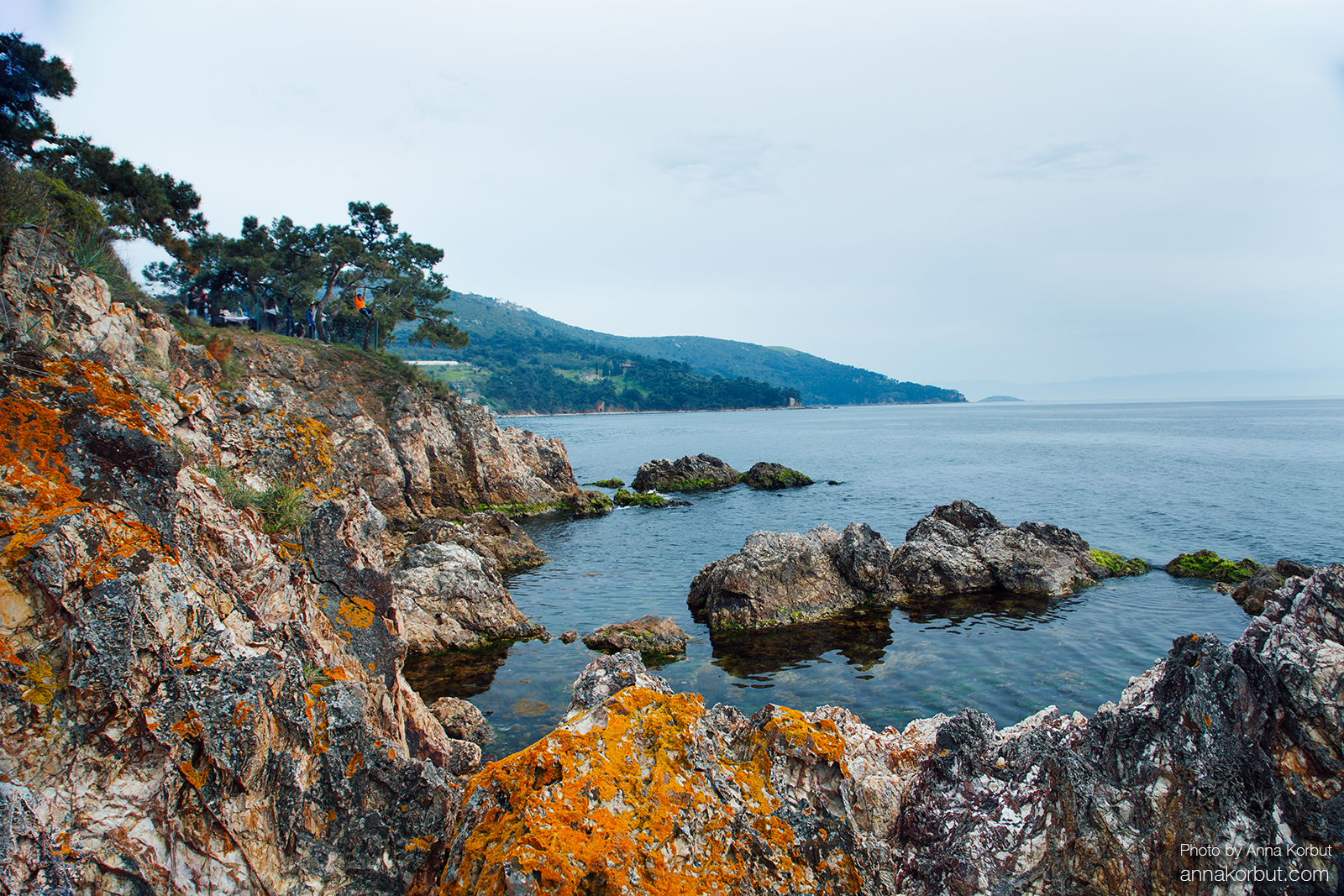
Beaches
Here you can swim in the Sea of Marmara on lovely sandy beaches. In autumn, they are sometimes closed because it’s “off-season,” but if the water is warm, you can climb over the fence and swim anyway, despite it all.
On Büyükada, there is a beach on the eastern side near the Monastery of St Nicholas. On Heybeliada Island, the beach is larger and located in a bay closer to the ferry stop. Kınalıada has many beaches all around the small island.
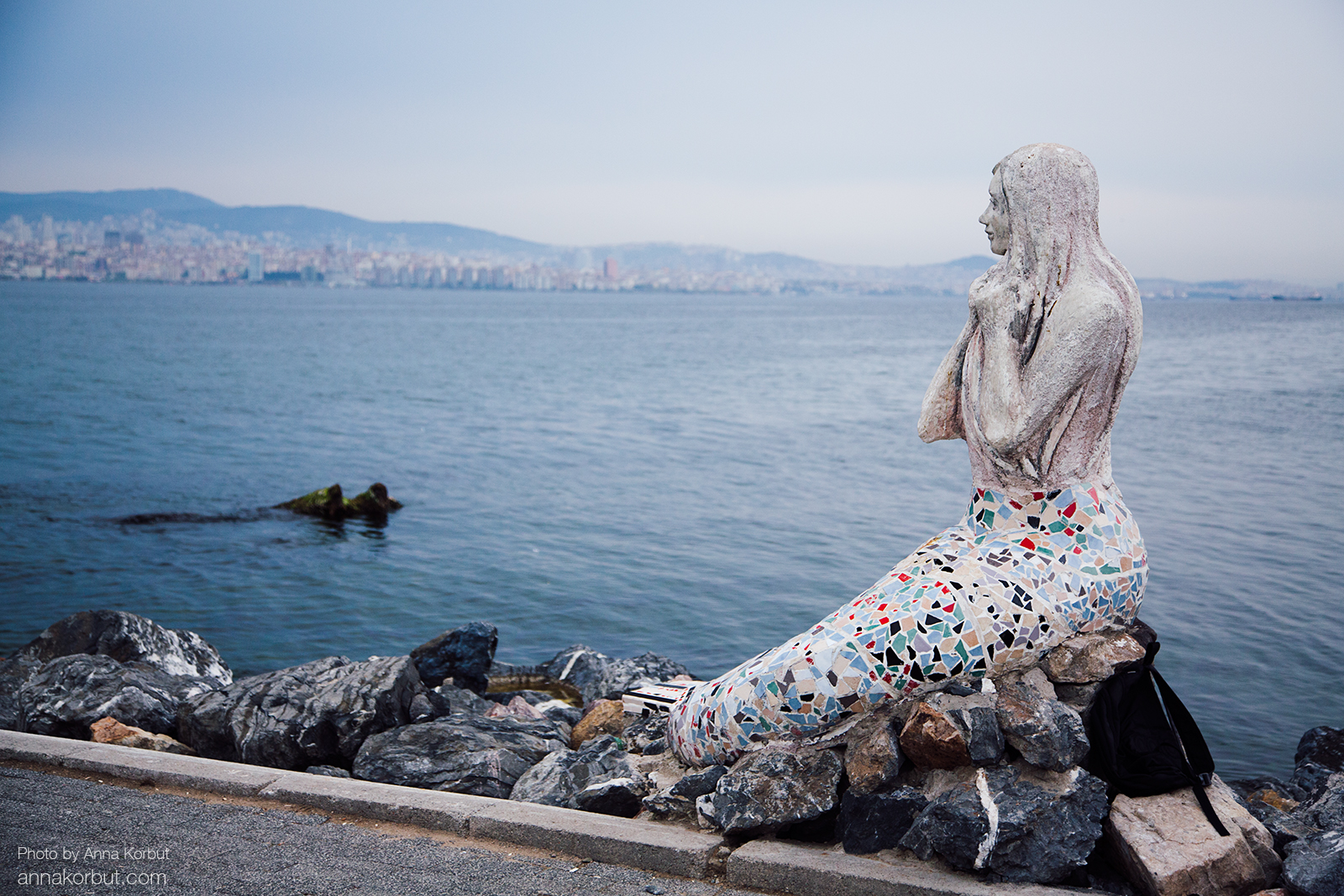
Heybeliada (Turkish: Heybeliada — “Island with a Bag”) covers an area of 2.4 km². It’s a small island featuring Milli Cape Park to the north, and a cosy bay with a beach and ferry docks to the south. The entire bay is surrounded by pine forest. Near the pier stands the Church of St Nicholas. I recommend renting a bicycle to cycle around the island’s perimeter, stopping off at the beach for a break.
On the tiny island of Burgazada (Turkish: Burgazada), which is 1.5 km², be sure to visit the Sait Faik Abasıyanık Museum — the house of the Turkish writer that offers insight into the lifestyle of people from the last century.
Kınalıada (Turkish: Kınalıada — “Island with Henna”), covering 1.3 km², is for those who still have energy left. It has a Christian church and six beaches. The largest beach, with a sandy spit, lies on the northern side of the island.
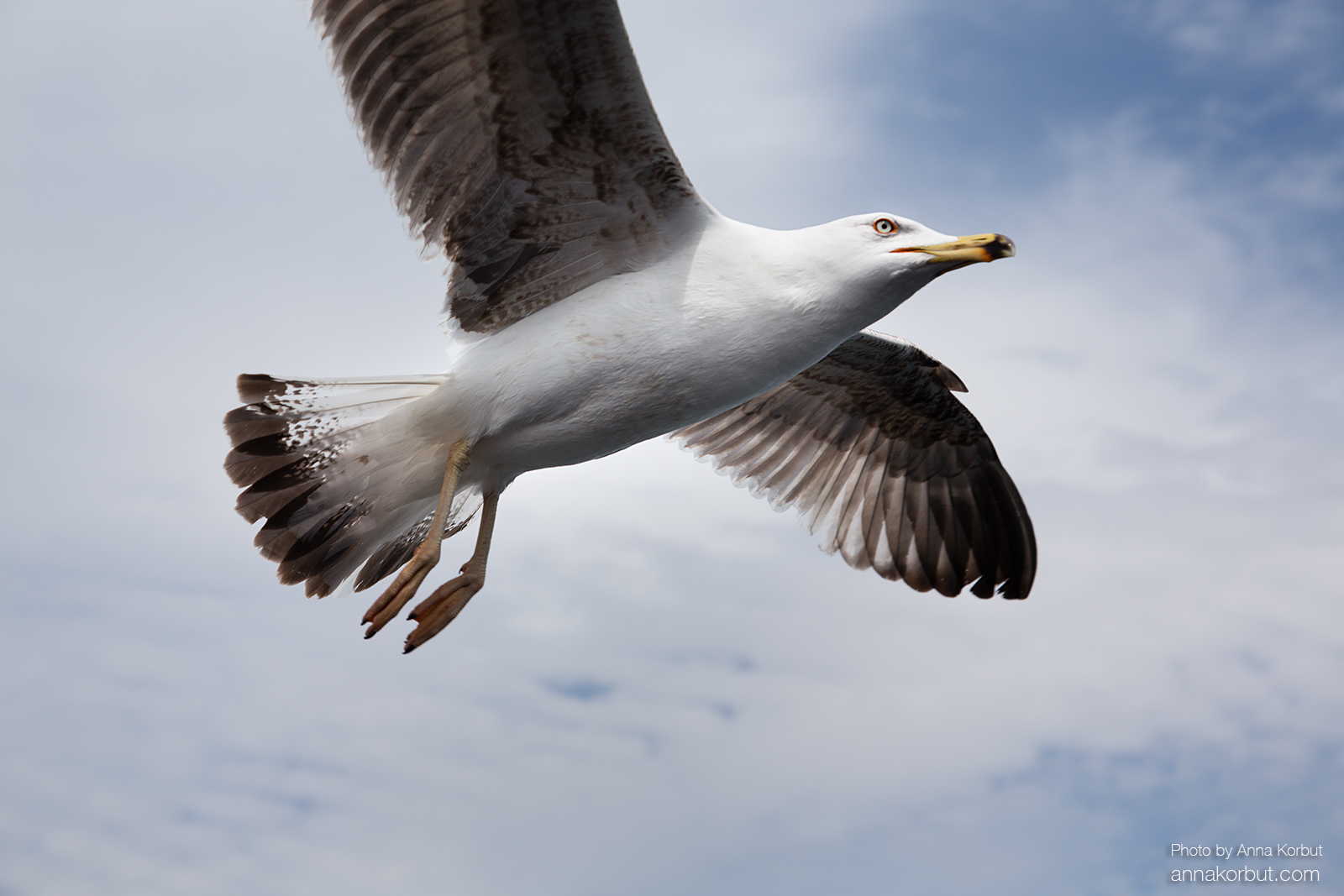
The remaining islands of the archipelago are either uninhabited or privately owned:
-
Sedefadası (Turkish: Sedefadası — “Mother-of-Pearl Island”) — 0.157 km²
-
Yassıada (Turkish: Yassıada — “Flat Island”) — 0.05 km²
-
Sivriada (Turkish: Sivriada — “Pointed Island”) — 0.05 km²
-
Kaşıkadası (Turkish: Kaşıkadası — “Spoon Island”) — 0.006 km²
-
Tavşanadası (Turkish: Tavşanadası — “Rabbit Island”) — 0.004 km²


